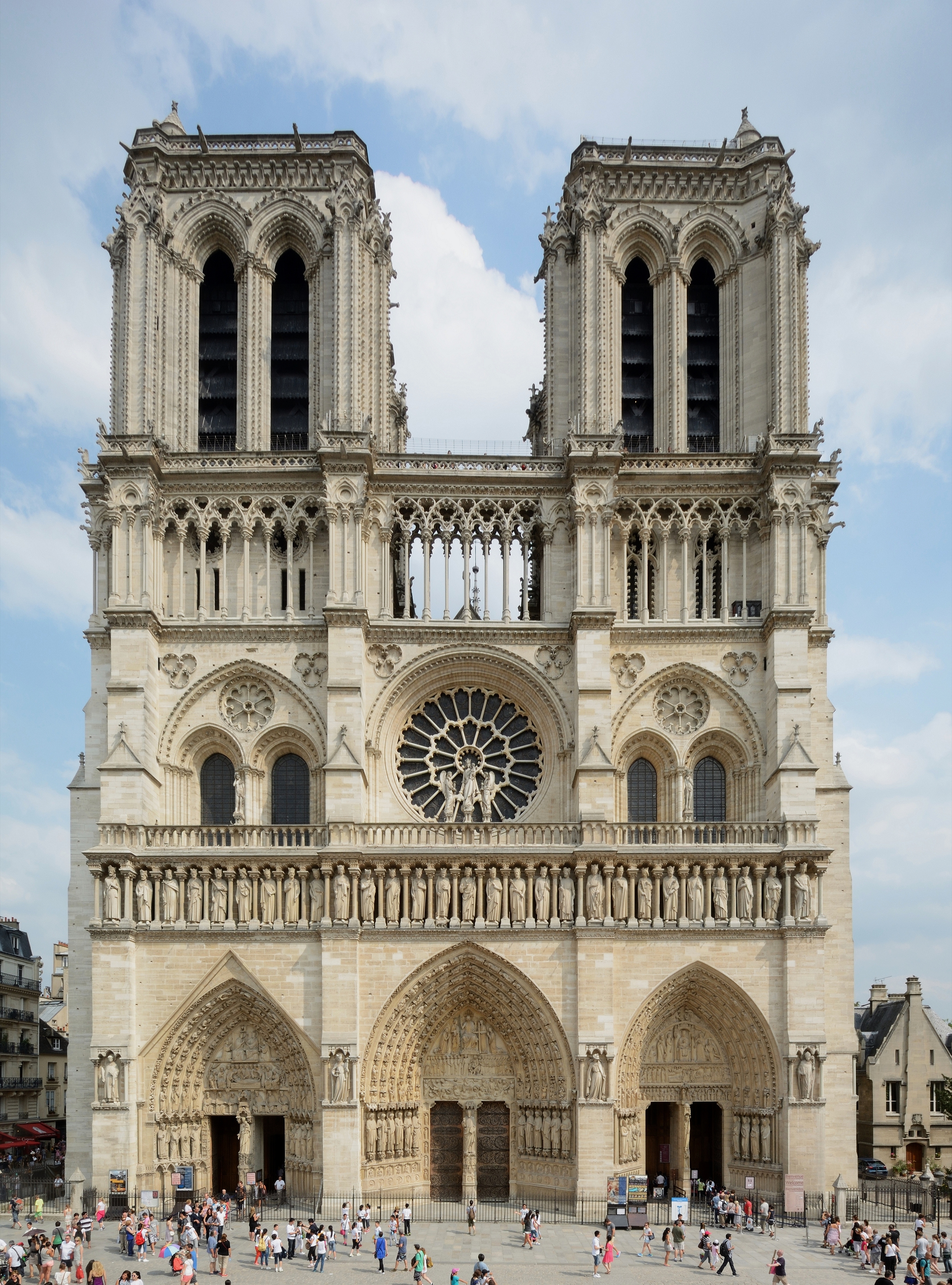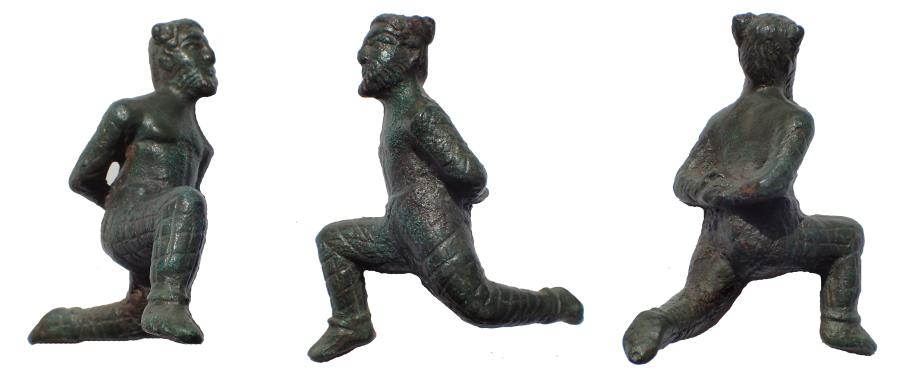|
Sans-culottes
The (; ) were the working class, common people of the social class in France, lower classes in late 18th-century history of France, France, a great many of whom became radical and militant partisans of the French Revolution in response to their French Revolution#Causes, poor quality of life under the . The word , which is opposed to "aristocrat", seems to have been used for the first time on 28 February 1791 by Jean-Bernard Gauthier de Murnan in a derogatory sense, speaking about a " army". The word came into vogue during the demonstration of 20 June 1792. The name refers to their clothing, and through that to their lower-class status: were the fashionable silk Breeches, knee-breeches of the 18th-century French nobility, nobility and Bourgeoisie#In France and French-speaking countries, bourgeoisie, and the working class wore Trousers#Modern Europe, ''pantaloons'', or long trousers, instead.Chisholm, Hugh (1911). "Sans-culottes". ''Encyclopædia Britannica'' (11th ed.), 1911. ... [...More Info...] [...Related Items...] OR: [Wikipedia] [Google] [Baidu] |
Jacques Hébert
Jacques René Hébert (; 15 November 1757 – 24 March 1794) was a French journalist and leader of the French Revolution. As the founder and editor of the radical newspaper ''Le Père Duchesne'', he had thousands of followers known as ''the Hébertists'' (French ''Hébertistes''). A proponent of the Reign of Terror, he was eventually guillotined. Early life Jacques René Hébert was born on 15 November 1757 in Alençon into a Protestant Huguenot family, to goldsmith, former trial judge, and deputy consul Jacques Hébert (died 1766) and Marguerite Beunaiche de Houdrie (1727–1787). Hébert studied law at the College of Alençon and went into practice as a clerk for a solicitor in Alençon, in which position he was ruined by a lawsuit against a Dr. Clouet. Hébert fled first to Rouen and then to Paris in 1780 to evade a substantial one thousand livre fine imposed for charges of slander. For a while, he passed through a difficult financial time and was supported by a hairdr ... [...More Info...] [...Related Items...] OR: [Wikipedia] [Google] [Baidu] |
Jacques Roux
Jacques Roux (; 21 August 1752 – 10 February 1794) was a radical Roman Catholic Red priest who took an active role in politics during the French Revolution. He skillfully expounded the ideals of popular democracy and classless society to crowds of Parisian sans-culottes, working class wage earners and shopkeepers, radicalizing them into a revolutionary force. He became a leader of a popular far-left. Radical revolutionary In 1791 Roux was elected to the Paris Commune. When the French First Republic started in 1792, Roux became aligned with the political faction dubbed by their enemies as the Enragés (French for "The Enraged Ones" but also "Madmen"). He was considered the most extreme spokesman on the left for the interests of the Parisian ''sans-culottes''. Roux consistently fought for an economically equal society, turning the crowds of ''sans-culottes'' against the bourgeois torpor of the Jacobins. He demanded that food be made available to every member of society, ... [...More Info...] [...Related Items...] OR: [Wikipedia] [Google] [Baidu] |
The Montagnards
The Mountain () was a political group during the French Revolution. Its members, called the Montagnards (), sat on the highest benches in the National Convention. The term, first used during a session of the Legislative Assembly, came into general use in 1793. By the summer of 1793, the pair of opposed minority groups, the Montagnards and the Girondins, divided the National Convention. That year, the Montagnards were influential in what is commonly known as the Reign of Terror. The Mountain was the left-leaning radical group and opposed the more right-leaning Girondins. Despite the fact that both groups of the Jacobin Club had virtually no difference with regard to the establishment of the French Republic, the aggressive military intentions of the rich merchant class-backed Girondins, such as conquering the Rhineland, Poland and the Netherlands with a goal of creating a protective ring of satellite republics in Great Britain, Spain, and Italy, and a potential war with Austria, ... [...More Info...] [...Related Items...] OR: [Wikipedia] [Google] [Baidu] |
Culottes
Culottes are an item of clothing worn on the lower half of the body. The term can refer to either split skirts, historical men's breeches, or women's underpants; this is an example of fashion-industry words taken from designs across history, languages and cultures, then being used to describe different garments, often creating confusion among historians and readers. The French word wikt:culotte#French, ''culotte'' is (a pair of) panties, pants, knickers, trousers, shorts, or (historically) breeches; derived from the French word ''culot'', meaning the lower half of a thing, the lower garment in this case. In English-speaking history culottes were originally the knee-breeches commonly worn by gentlemen of the European upper-classes from the 1400–1500 in European fashion, late Middle Ages or Renaissance through the 1795–1820 in Western fashion#Men's fashion, early 19th century. The style of tight trousers ending just below the knee was popularized in France during the reign o ... [...More Info...] [...Related Items...] OR: [Wikipedia] [Google] [Baidu] |
Breeches
Breeches ( ) are an article of clothing covering the body from the waist down, with separate coverings for each leg, usually stopping just below the knee, though in some cases reaching to the ankles. Formerly a standard item of Western men's clothing, they had fallen out of use by the mid-19th century in favour of trousers. Modern athletic garments used for English riding and fencing, although called ''breeches'' or ''britches'', differ from breeches. Etymology ''Breeches'' is a double plural known since , from Old English , the plural of "garment for the legs and trunk", from the Indo-European root "break", here apparently used in the sense "divide", "separate", as in Scottish Gaelic ("trousers"), in Breton ("pants"), in Irish ("trousers") and or in Welsh. Cognate with the Proto-Germanic word ', plural ', itself most likely from the Proto-Indo-European root; whence also the Old Norse word , which shows up in the epithet of the Viking king Ragnar Loðbrók, Ragnar ... [...More Info...] [...Related Items...] OR: [Wikipedia] [Google] [Baidu] |
General Maximum
The Law of the General Maximum () was instituted during the French Revolution on 29 September 1793, setting price limits and punishing price gouging to attempt to ensure the continued supply of food to the French capital. It was enacted as an extension of the Law of Suspects of 17 September, and succeeded the Law of the Maximum of 4 May 1793, which served a similar purpose. Background Competing theories exist as to the causes of the conditions the General Maximum was intended to ameliorate. In 1912, the historian Andrew Dickson White suggested that the ever-greater and ultimately uncontrolled issuance of paper money authorised by the National Assembly was at the root of France's economic failure and constituted the cause of its increasingly rampant inflation. Eugene White, in his 1995 publication "The French Revolution and the Politics of Government Finance, 1770–1815", argues that years of revolution, international conflicts, and poor climate conditions had led to an econo ... [...More Info...] [...Related Items...] OR: [Wikipedia] [Google] [Baidu] |
History Of Roman Catholicism In France
The history of the Catholic Church in France is inseparable from the history of France, and should be analyzed in its peculiar relationship with the State, with which it was progressively confused, confronted, and separated. Early Christianity Legend According to long-standing legend, Mary, sister of Lazarus, Mary, Martha, Lazarus of Bethany, Lazarus, and some companions, who were expelled by persecutions from the Holy Land, traversed the Mediterranean in a frail boat with neither rudder nor mast and landed at ''Saintes-Maries-de-la-Mer'' near Arles. Provence, Provençal tradition names Lazarus as the first bishop of Marseille, while Martha purportedly went on to tame the Tarasque, a terrible beast in nearby Tarascon. Pilgrims visited their tombs at the abbey of Vézelay in Burgundy (region), Burgundy. In the Abbey of the Trinity at Vendôme, a Amulet, phylactery was said to contain a relic, tear shed by Jesus at the tomb of Lazarus. The cathedral of Autun, not far away, is ded ... [...More Info...] [...Related Items...] OR: [Wikipedia] [Google] [Baidu] |
Trousers
Trousers (British English), slacks, or pants ( American, Canadian and Australian English) are an item of clothing worn from the waist to anywhere between the knees and the ankles, covering both legs separately (rather than with cloth extending across both legs as in robes, skirts, dresses and kilts). Shorts are similar to trousers, but with legs that come down only as far as the knee, but may be considerably shorter depending on the style of the garment. To distinguish them from shorts, trousers may be called "long trousers" in certain contexts such as school uniform, where tailored shorts may be called "short trousers" in the UK. The oldest known trousers, dating to the period between the thirteenth and the tenth centuries BC, were found at the Yanghai cemetery in Turpan, Xinjiang ( Tocharia), in present-day western China.Smith, Kiona N.,The world's oldest pants are a 3,000-year-old engineering marvel, ''Ars Technica'', 4 April 2022. Made of wool, the trousers had strai ... [...More Info...] [...Related Items...] OR: [Wikipedia] [Google] [Baidu] |
French Revolutionary Army
The French Revolutionary Army () was the French land force that fought the French Revolutionary Wars from 1792 to 1802. In the beginning, the French armies were characterised by their revolutionary fervour, their poor equipment and their great numbers. However, the French Revolutionary Army had become arguably the most powerful army in the world by the mid-1790s, as the French armies had become well-experienced and organized, enabling them to comfortably outfight their enemies. Despite experiencing early disastrous defeats, the revolutionary armies successfully expelled foreign forces from French soil and then overran many neighboring countries, establishing client republics. Leading generals included Napoleon Bonaparte, Jean-Baptiste Jourdan, André Masséna, Jean Victor Marie Moreau and Étienne Macdonald. As a general description of French military forces during this period, it should not be confused with the "revolutionary armies" (''armées révolutionnaires'') which we ... [...More Info...] [...Related Items...] OR: [Wikipedia] [Google] [Baidu] |
Direct Democracy
Direct democracy or pure democracy is a form of democracy in which the Election#Electorate, electorate directly decides on policy initiatives, without legislator, elected representatives as proxies, as opposed to the representative democracy model which occurs in the majority of established democracies. The theory and practice of direct democracy and participation as its common characteristic constituted the core of the work of many theorists, philosophers, politicians, and social critics, among whom the most important are Jean-Jacques Rousseau, John Stuart Mill, and G. D. H. Cole, G.D.H. Cole. Overview In direct democracy the people decide on policies without any intermediary or representative, whereas in a representative democracy people vote for representatives who then enact policy initiatives. Depending on the particular system in use, direct democracy might entail passing executive decisions, the use of sortition, making laws, directly electing or dismissing officials, a ... [...More Info...] [...Related Items...] OR: [Wikipedia] [Google] [Baidu] |
French Revolutionary Wars
The French Revolutionary Wars () were a series of sweeping military conflicts resulting from the French Revolution that lasted from 1792 until 1802. They pitted French First Republic, France against Kingdom of Great Britain, Great Britain, Habsburg monarchy, Austria, Kingdom of Prussia, Prussia, Russian Empire, Russia, and several other countries. The wars are divided into two periods: the War of the First Coalition (1792–1797) and the War of the Second Coalition (1798–1802). Initially confined to Europe, the fighting gradually assumed a global dimension. After a decade of constant warfare and aggressive diplomacy, France had conquered territories in the Italian peninsula, the Low Countries, and the Rhineland with its very large and powerful military which had been totally mobilized for war against most of Europe with mass conscription of the vast French population. French success in these conflicts ensured military occupation and the spread of revolutionary principles over mu ... [...More Info...] [...Related Items...] OR: [Wikipedia] [Google] [Baidu] |





